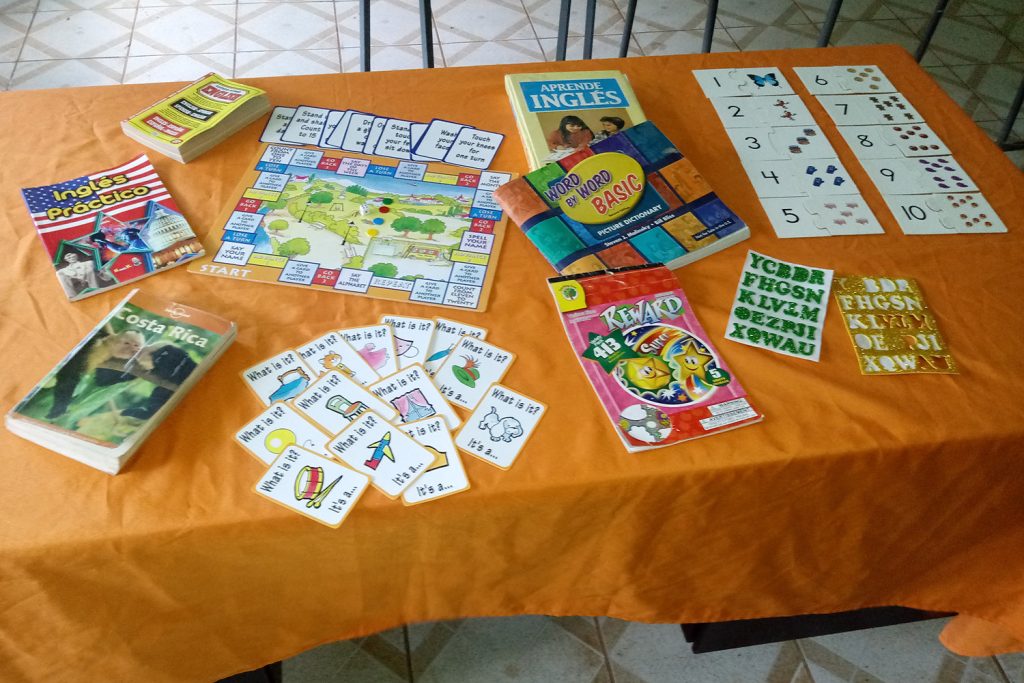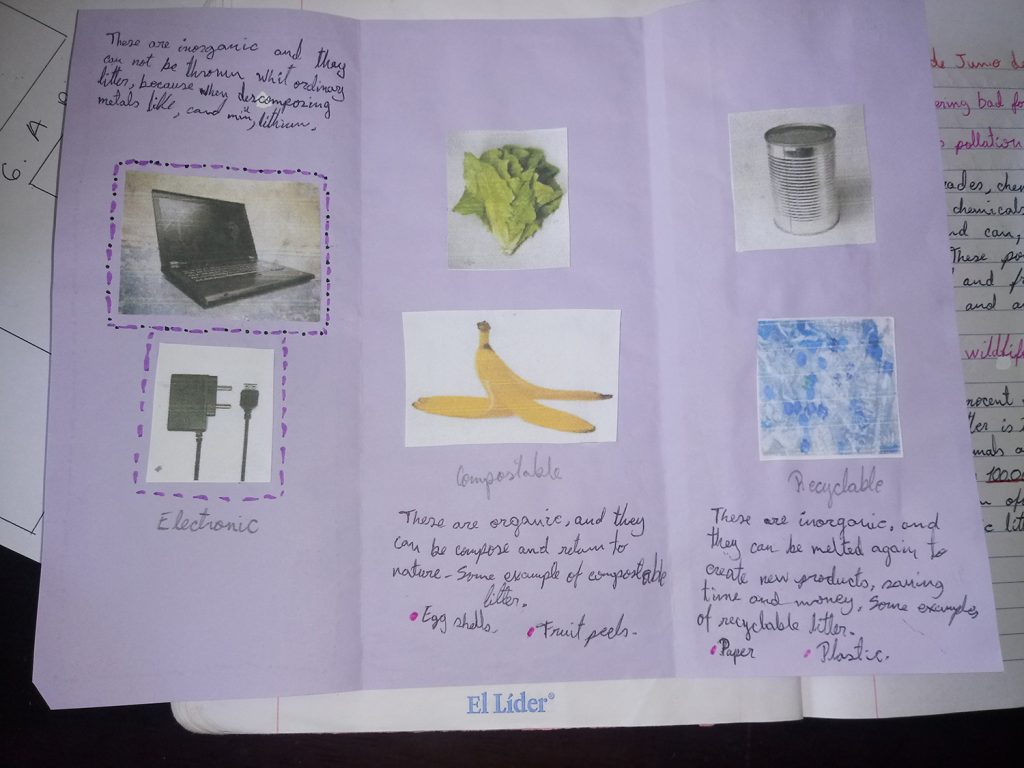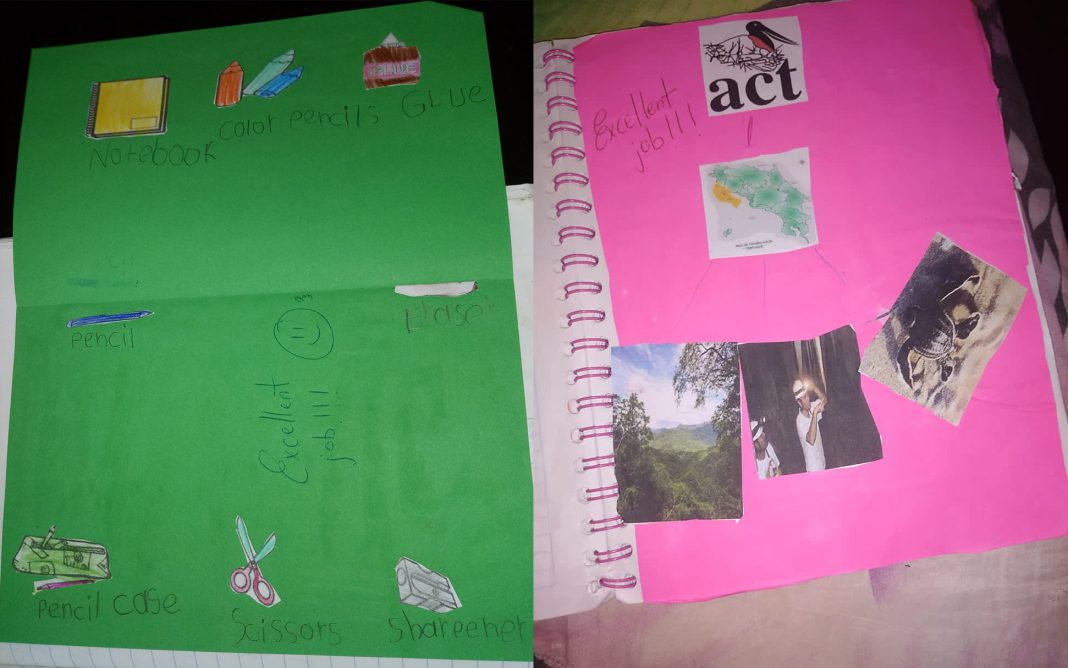For Costa Rica to become bilingual by 2040, something that more educators should try is building students’ confidence before even a single word of English is taught.
In my 4.5 years as an English teacher at the San José de Pinilla Elementary School in a small village with the same name in Santa Cruz, Guanacaste, I’ve made my students’ confidence my top priority. I’ve come to believe it’s more important than exposure to the most updated technology, first-world class books, and the most sophisticated curricula.
If we don’t build up our students’ confidence, then trust me: all the resources, technological aids, and labs become nothing but blockages to their foreign language learning and acquisition.

I always start out the year by assuring my students that no bullying is allowed in any way in my classroom.This includes making fun of others when they mispronounce a word or doing an exercise incorrectly. If somebody does so, I let them know that this is a class in which mistakes are allowed, because mistakes lead to learning. In this way, the other students notice that I’ll stick up for them. As Douglas Brown stated “all second language learners need to be treated with affective, tender loving care.”
When teaching commands, I provide drawings alongside them, and give students time to practice. If a student forgets the command, or says it in Spanish, I repeat it in English, kindly but firmly, so that the student can repeat it back. This creates a stimulus from within the student to learn the command; the warm, affectionate reminder creates the idea that the command can be learned, without trauma. Too many teachers get used to saying loudly, “In English, please!” This embarrasses and humiliates the student.
When students give verbal responses, I don’t interrupt them if they make a mistake. I’m aware of the fact that, as Douglas Brown observes, too much negative feedback can “lead learners to shut off their attempts at communication.” Instead, I go with the flow, let the student finish, and then pronounce the responses correctly. Quickly, the students self-correct. This also contributes to avoiding bullying from their peers.

In a 2013, TED Talk, Rita Pierson posed the question: ”How am I going to take this group, in nine months, from where they are, to where they need to be? How do I raise the self-esteem of a child and his academic achievement at the same time?” What I started doing on homework and tests was always writing negative comments first, then positive ones.
Providing students with confidence before learning English will strengthen their abilities to succeed; their awareness about others’ needs; their desire to learn; and their resilience when something goes wrong. But this requires us as teachers to ensure that English is a class where students feel comfortable.
Passion and pleasure must be on display in our classrooms and our schools—starting with the teachers ourselves.







